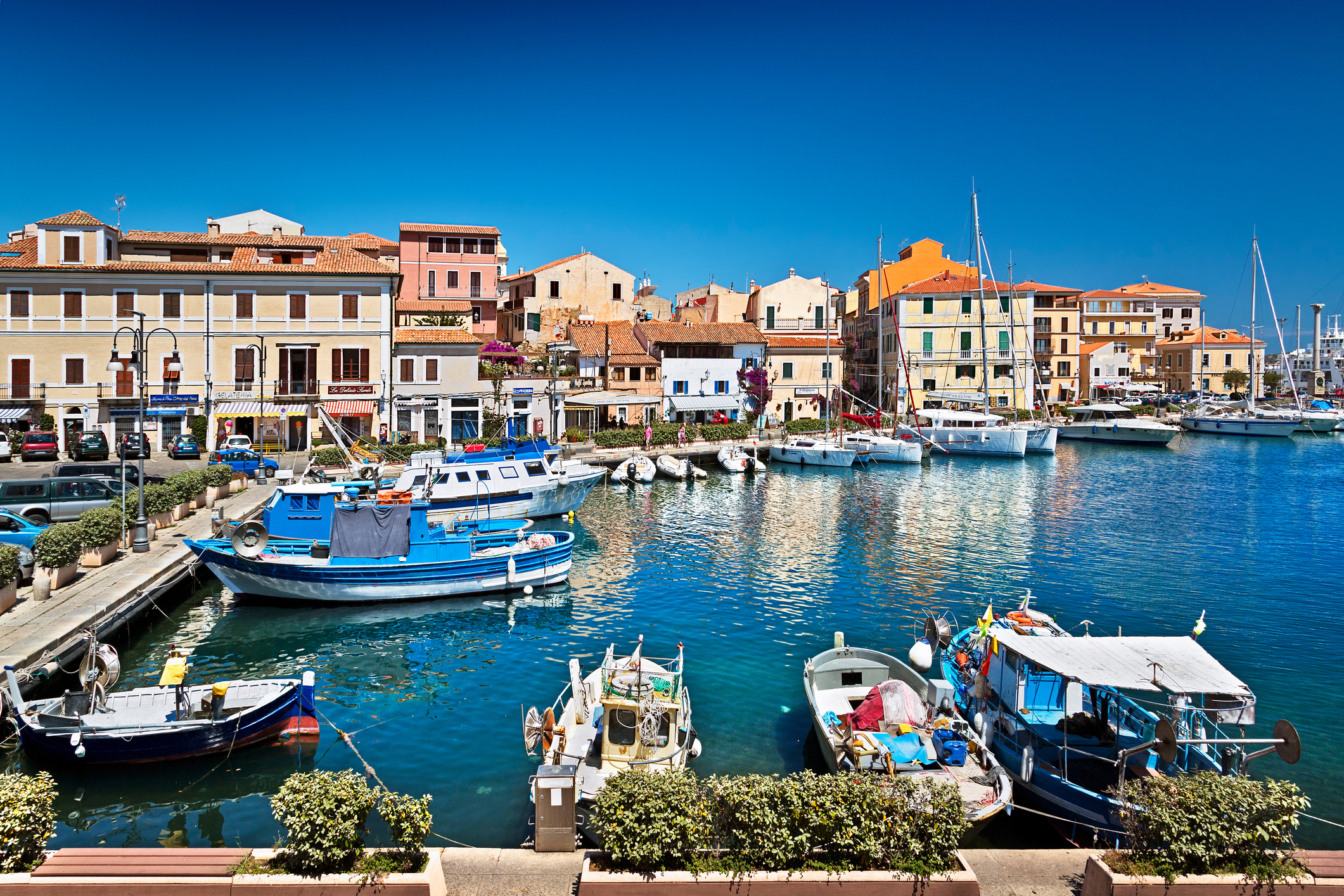Blue Zones: A Blueprint for Adapting Health and Financial Security into Longevity
Many of the tactics used to increase longevity in "blue zones" are replicable, and as people age longer, habits and financial planning need to adapt accordingly.

Life expectancy rates across the world increase every year. The average global age is now 71 years — an improvement from 64 just 30 years ago, according to the World Health Organization.
When people live longer, it becomes increasingly necessary to adjust financial planning and management accordingly while learning from the lifestyles of those who statistically live the longest.
There are regions in the world known as “blue zones,” where people have consistently been living for 100 years or longer. With the help of Dr. Gianni Pess and Dr. Michel Poulin’s age expectancy studies, journalist David Buettner first coined the term blue zone in the early 2000s.
From just $107.88 $24.99 for Kiplinger Personal Finance
Be a smarter, better informed investor.

Sign up for Kiplinger’s Free Newsletters
Profit and prosper with the best of expert advice on investing, taxes, retirement, personal finance and more - straight to your e-mail.
Profit and prosper with the best of expert advice - straight to your e-mail.
Buettner’s team trekked the world to find communities where people lived longer, identifying five distinct locations:
Sardinia, Italy
This island off the coast of Italy was the first blue zone identified. Due to distinct genes, a plant-based diet, and walking mountainous terrain. With a close 1 to 1 ratio Sardinia hosts the highest of people 100 and older in the world. There are almost 10 times more centenarians per capita compared to the U.S.
Okinawa, Japan
Another island, Okinawa boasts one of the highest life expectancies in the world at 85 years. This can be attributed to the diet staple of superfoods like turmeric and seaweed.
Ikaria, Greece
The Aegean Sea is home to the third blue zone island. Ikarians are almost completely free of diseases that often afflict older Americans like dementia. The Blue Zone website states that seven simple but effective factors contribute to their long lives:
Nicoya, Costa Rica
In this community located in Central America, the average age of residents is 85 years old. Similar to other blue zone regions, a significant number of residents live beyond 100 years old. The longevity of these residents is attributed to two key factors: they consume unprocessed plant-based foods, and their water supply is naturally rich in calcium.
Loma Linda, California, United States
Loma Linda has a notable component that helps its community live a decade longer than most Americans: the Seventh-day Adventist church. Most Adventists are vegetarian and promote regular exercise while staying abstinent from smoking and alcohol consumption.
Blue zone adaptations
Adopting a blue zone approach to successful health and financial planning involves much more than a balanced diet and saving. Constructing a plan should not only prepare you for a lengthy retirement but also should align with behaviors promoting longevity.
Developing habits that maintain your overall health while going beyond traditional exercising and eating well is a good start. Taking care of your mental and emotional well-being plays an integral part.
Residents of the Nicoya, Costa Rica, blue zone refer to this as “pura vida,” slowing down and eliminating stress. When combined, these factors promote a path for better personal and professional development while helping you achieve specific financial goals, such as spending less on healthcare.
Studies have shown a clear correlation between personal finances, health status, and behaviors:
Solid financial foundations
Financial planning is just as important as health. To maintain financial stability, there are important foundational factors you’ll need to take note of.
This may seem apparent, but planning for a longer life means reshaping retirement savings. Contributing to various retirement accounts like Roth IRAs, Simple IRAs, Self Directed IRAs and 401(k)s all can offer tax advantages while promoting long-term growth.
Additionally, emergency funds are crucial, acting as financial safety nets. You don’t want to be stuck figuring out how to pay for an unexpected expense with nothing to take from.
Diversified investments also promote financial health. Bond funds, stocks, real estate, ETFs, mutual funds and more can all help build your portfolio and help money last.
Finally, estate planning tools like trusts, wills, and beneficiary designations will help make sure your legacy lives and contribute to your family’s wealth transfer ensuring future generations.
In all, much can be learned from blue zones and their inhabitants, but when preparing for a longer life, both health and financial planning are needed to be successful.
Related Content
Profit and prosper with the best of Kiplinger's advice on investing, taxes, retirement, personal finance and much more. Delivered daily. Enter your email in the box and click Sign Me Up.
Quincy is the newsletter editor at Kiplinger. He joined Kiplinger in May 2021. Before, he worked at Agora Financial - Paradigm Press and was a contributing writer for several other online media publications.
In his current role at Kiplinger, Quincy manages all of Kiplinger's newsletters, including Kiplinger Today, Investing Weekly, Tax Tips, Kiplinger’s Special Report Closing Bell, and more.
When he’s not working, he’s taking his dog for a walk, fishing or somewhere in the world on a beach.
-
 Risk Is Off Again, Dow Falls 397 Points: Stock Market Today
Risk Is Off Again, Dow Falls 397 Points: Stock Market TodayMarket participants are weighing still-solid earnings against both expectations and an increasingly opaque economic picture.
-
 I Inherited $50,000, and My Retirement is Already Fully Funded. Where's the Best Place to Store It for Maximum Growth?
I Inherited $50,000, and My Retirement is Already Fully Funded. Where's the Best Place to Store It for Maximum Growth?These savings solutions can help you maximize returns without the risk.
-
 I Inherited $50,000, and My Retirement is Fully Funded. Where's the Best Place to Store It for Maximum Growth?
I Inherited $50,000, and My Retirement is Fully Funded. Where's the Best Place to Store It for Maximum Growth?These savings solutions can help you maximize returns without the risk.
-
 The Best (and Worst) Airlines for Flight Delays and Cancellations
The Best (and Worst) Airlines for Flight Delays and CancellationsWhich airlines should you book and which should you avoid if you want to make it to your destination on time?
-
 I Tried a New AI Tool to Answer One of the Hardest Retirement Questions We All Face
I Tried a New AI Tool to Answer One of the Hardest Retirement Questions We All FaceAs a veteran financial journalist, I tried the free AI-powered platform, Waterlily. Here's how it provided fresh insights into my retirement plan — and might help you.
-
 Parents and Caregivers: Don't Miss Your Roth Conversion Window
Parents and Caregivers: Don't Miss Your Roth Conversion WindowCaring for a child or parent can mean a drop in income and a lower tax bracket. Why not take advantage by moving money into a Roth account? Here's how it works.
-
 Testing the Retirement Waters in Florida? A Partial Plunge May Negate Tax Breaks
Testing the Retirement Waters in Florida? A Partial Plunge May Negate Tax BreaksMost folks know Florida is a tax-friendly state, but they might not know that part-time residents may not qualify, as our cautionary tale shows.
-
 Catch-Up Contributions for Higher Earners in 457(b) Plans: What You Need to Know
Catch-Up Contributions for Higher Earners in 457(b) Plans: What You Need to KnowGovernment 457(b) plans are about to get more complex as new Roth catch-up requirements come into force. Here's how to prepare for the changes.
-
 How to Choose the Best Charities to Donate To
How to Choose the Best Charities to Donate ToWhile you set your giving strategy, think about your values, and select organizations that will put your contributions to good use.
-
 I'm a Financial Planner: This Is Why Commitment, Not Perfection, Drives Financial Success
I'm a Financial Planner: This Is Why Commitment, Not Perfection, Drives Financial SuccessMeeting your goals is more likely if you stick to your strategy despite market volatility and scary headlines. Consistency makes a difference.